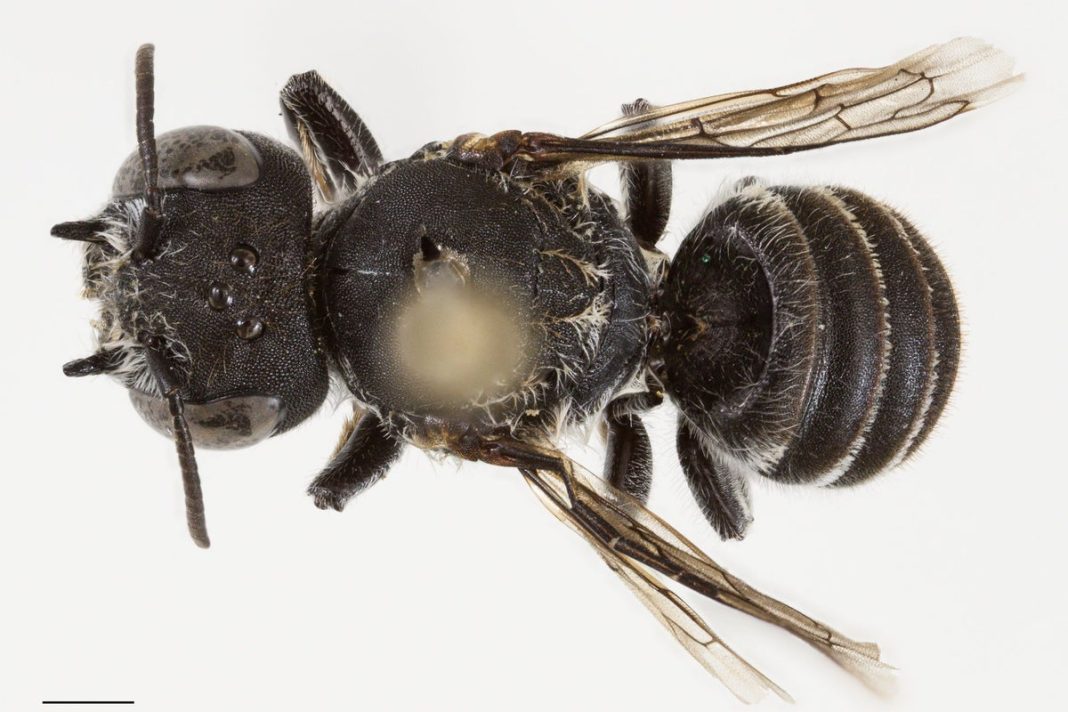New ‘Devil Horn’ Bee Species Discovered in Australian Goldfields
Scientists have discovered a remarkable new bee species in Western Australia’s Goldfields region, naming it ‘Lucifer’ due to the distinctive devil-like horns found on the female’s face.
Key Takeaways
- New bee species Megachile Lucifer discovered in Western Australia
- Female bees feature unique horn-like facial structures
- Found in same habitat as critically endangered wildflower
- First new species in this bee group described in over 20 years
Discovery in Endangered Habitat
Researchers made the unexpected discovery while surveying a critically endangered wildflower that grows exclusively in the Bremer Range between Norseman and Hyden. The bee was observed visiting both the threatened wildflower and nearby mallee trees.
The ‘Devil Horn’ Inspiration
The species name ‘Lucifer’ directly references the female bee’s unusual horned facial features. Bee ecologist Kit Prendergast from Curtin University explained the naming inspiration came from both the physical appearance and her viewing habits.
“The female had these incredible little horns on her face. When writing up the new species description I was watching the Netflix show Lucifer at the time, and the name just fit perfectly. I am also a huge fan of the Netflix character Lucifer so it was a no-brainer,” said bee ecologist Kit Prendergast from the Curtin University.
Researchers noted that these horns appear exclusively in females, unlike most sex-specific features in the animal kingdom.
Conservation Concerns
The discovery highlights significant conservation challenges. Both the newly discovered bee and its associated endangered wildflower face threats from habitat disturbance, mining activities, and climate change.
“Many mining companies still don’t survey for native bees, so we may be missing undescribed species, including those that play crucial roles in supporting threatened plants and ecosystems,” Dr Prendergast said.
DNA analysis confirmed the specimen represents a previously unknown species, marking the first new addition to this bee group in more than two decades.
Scientific Significance
The finding underscores how much biodiversity remains undiscovered, particularly in regions facing development pressures. The limited distribution and short activity season of Megachile Lucifer suggest it may require conservation attention.
“Without knowing which native bees exist and what plants they depend on, we risk losing both before we even realise they’re there,” she explained.
The discovery coincides with Australia’s annual celebration of pollinators’ crucial role in maintaining healthy ecosystems and food production systems.




